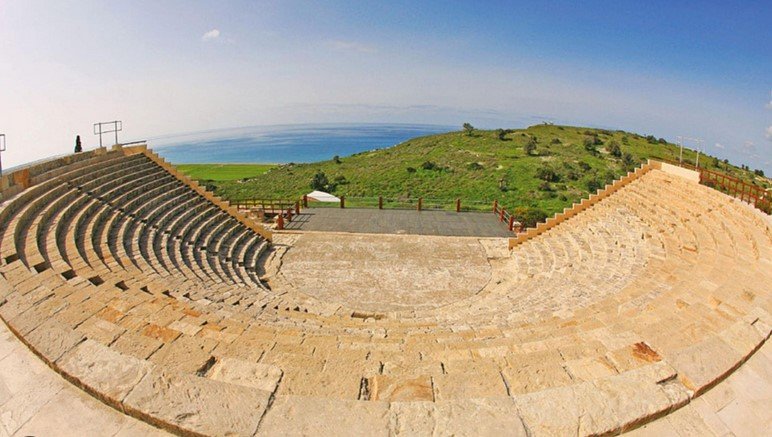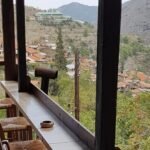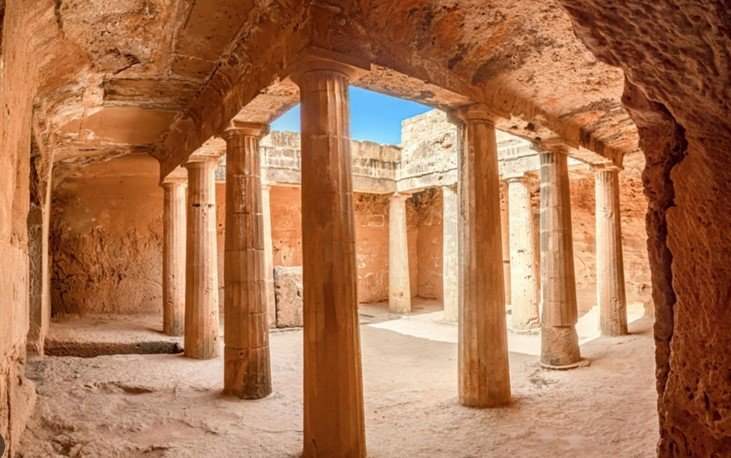Cyprus is an island that proudly carries its heritage through an array of monuments. These landmarks don’t just stand as remnants of the past; they actively shape the island’s national identity. By exploring the monuments across cities and rural landscapes, you’ll gain insight into how Cyprus’ unique blend of cultures and historical events forged the identity of this Mediterranean nation.

The Role of Ancient Monuments in Shaping Identity
The ancient monuments in Cyprus serve as powerful symbols of the island’s long and diverse history. The Ancient City of Kourion, located near Limassol, stands as a testament to the Hellenistic and Roman periods that shaped much of the island’s early development. As you walk through the ruins, including a Greco-Roman theatre and impressive mosaics, you can feel the cultural fusion that helped shape the Cypriot identity. These sites illustrate the island’s deep connections to both Greece and Rome, influencing its language, religion, and customs.
Similarly, the Tombs of the Kings in Paphos, dating back to the 4th century BCE, offer a look into the ancient societies that once thrived on the island. These monumental tombs, carved into solid rock, signify the status of Cyprus as an important hub in the ancient world. Through these ancient landmarks, you can trace the beginnings of Cyprus’ national identity, one forged from the influences of the many civilizations that passed through the island.
Medieval Monuments: Reflecting a Time of Transition
The medieval period brought a new wave of change, and the monuments from this era play a crucial role in shaping modern Cyprus’ identity. During the Lusignan and Venetian periods, the island saw the construction of some of its most significant structures, such as the Venetian Walls of Nicosia and the Kyrenia Castle. These fortifications highlight the strategic importance of Cyprus in medieval times as a battleground for various powers.
The Selimiye Mosque in Nicosia, originally built as the St. Sophia Cathedral, encapsulates the transitional nature of Cypriot history. Converted into a mosque after the Ottoman conquest, this monument reveals the island’s shift from a predominantly Christian culture to one that now includes a strong Islamic influence. This blending of cultures is still evident in the religious practices and architecture of modern Cyprus, reflecting a diverse heritage that continues to shape its national identity.
Ottoman and British Influence on National Identity
The Ottoman Empire left a lasting imprint on Cyprus, not only through its governance but also through the architecture it introduced. The Hala Sultan Tekke near Larnaca serves as a key monument from the Ottoman era. As a significant Islamic pilgrimage site, this mosque exemplifies the religious diversity that forms part of the Cypriot identity today. The influence of Ottoman rule can still be seen in the legal, social, and cultural structures of modern Cyprus, especially in the Turkish Cypriot community.
The British occupation of Cyprus, which began in 1878 and lasted until 1960, also left its mark on the island’s identity. The British introduced a new administrative system, education reforms, and infrastructure developments, many of which are symbolized through monuments like Colonial-era buildings in Nicosia and British-built lighthouses. These structures serve as reminders of Cyprus’ recent colonial past, which plays a significant role in its ongoing national narrative, particularly regarding the quest for independence and the complex political situation between the Greek Cypriot and Turkish Cypriot communities.
Monuments of Independence and National Pride
One of the most significant ways Cyprus’ monuments shape its national identity is through those that celebrate its independence and national pride. The Liberty Monument in Nicosia, for instance, commemorates the struggle for independence from British rule, particularly the efforts of the EOKA fighters in the 1950s. This monument serves as a symbol of Cypriot resilience and the fight for self-determination, a cornerstone of the island’s modern identity.
Similarly, war memorials scattered across Cyprus honour those who fought in various conflicts, including the 1974 Turkish invasion, which led to the ongoing division of the island. These monuments are not only places of remembrance but also important markers of national pride and unity. They highlight the island’s complex political landscape and the ongoing efforts to forge a peaceful and unified identity.
Conclusion: Monuments as Living Symbols of Identity
The monuments of Cyprus do more than preserve the past; they actively shape the island’s national identity. From ancient ruins that tell the story of early civilizations to modern memorials that commemorate independence and resilience, these landmarks offer a window into the cultural, religious, and political forces that continue to define Cyprus. By exploring these monuments, both locals and visitors gain a deeper understanding of the island’s unique identity, which is shaped by centuries of diverse influences and historical events.











